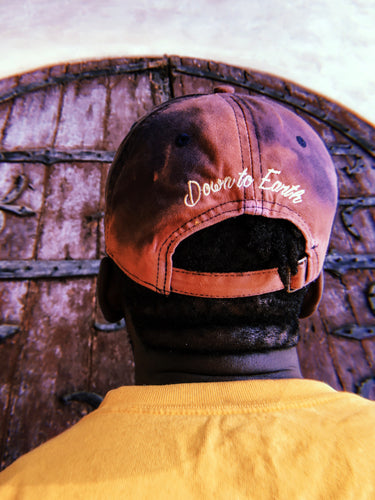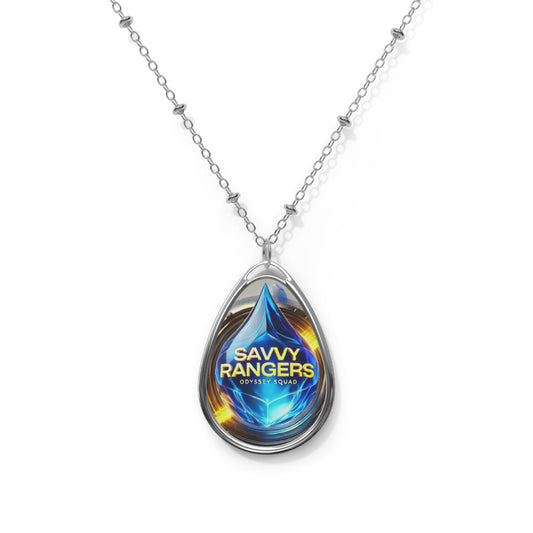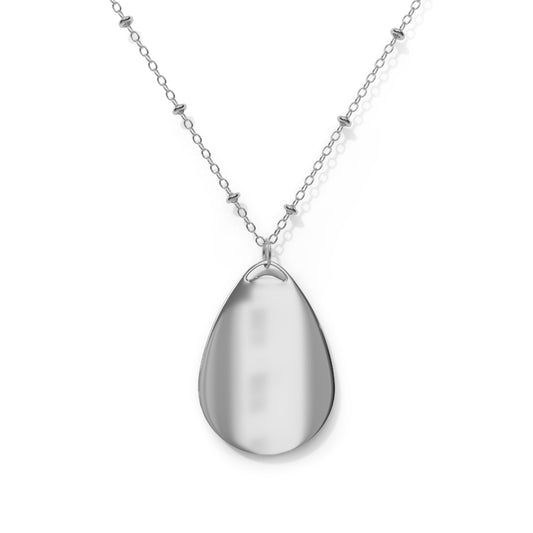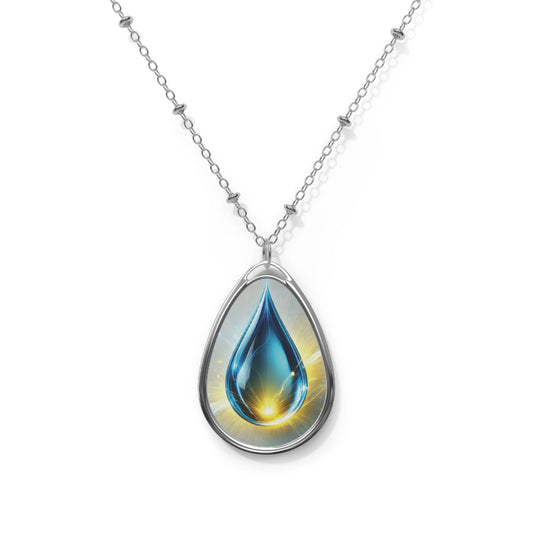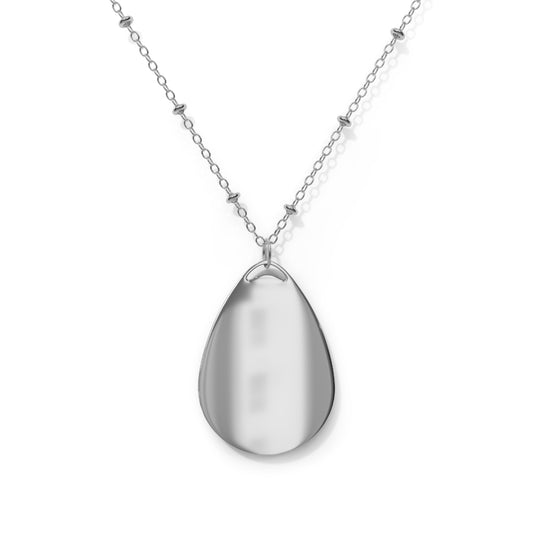
Welcome to the Cloisters, the branch of the Metropolitan Museum of Art devoted to the art and architecture of medieval Europe; sitting on a hilltop with commanding views of the Hudson River. I had the great pleasure of touring the grounds and collection with Down to Earth Original; a hip brand dedicated to teaching children how to grow gardens. Scroll down to see what wonders of the Medieval world we uncovered.


Navigating The Cloisters
The Met Cloisters is designed in the style of a Medieval Cloister, which is a covered walkway surrounding a large, open courtyard.
Saint-Guilhem Cloister

The fine carving of this late 12th-century cloister from the monastery of Saint-Guilhem-le-Désert, France, adapts Roman sculptural forms to a medieval context. The gallery also features sculptures from Italy, Islamic Spain, and elsewhere in France.






Fuentidueña Chapel

The 12-century apse from the church of San Martin at Fuentidueña, Spain, and the contemporary fresco from a church in Catalonia dominate the space.



Gothic Chapel

Beneath richly colored stained-glass windows from 14-century Austria, carved images from royal and noble tombs of France and Spain fill the Chapel-like setting.




Cuxa Cloister

The Pink stone elements come from the 12th-century cloister of French Benedictine monastery Saint-Michel-de-Cuxa in Pyrenees. The typical cloister garden features crossed paths and a central Fountain.









Bonnefont Cloister and Garden

Long thought to be part of the abbey at Bonnefort-en-Comminges, the elements of this cloister come instead from other monasteries in the region, including one at Tarbes. The herb garden contains more than 250 species cultivated in the Middle Ages.












Trie Cloister

The Stone Cloister elements were created primarily for the Carmelite convent at Trie-sur-Boise in the Pyrenees. The Garden is planted to evoke the millefleurs background of medieval tapestries.









Tapestries, Artifacts and other Wonders










